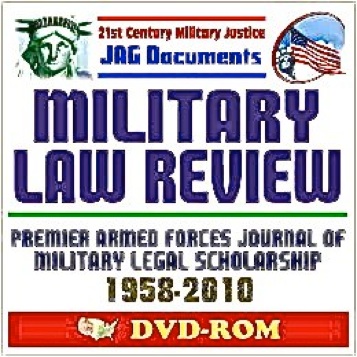COVID-19 and Future Wars
In 1963, I was a student at the Army’s Judge Advocate General’s School on the campus of the University of Virginian in Chrlottesville. One of our requirements was to write a thesis. My subject was “Chemical and Biological Warfare” and it was published in the Military Law Review.

Unfortunately, my copy of that Law Review was one of the items I did not bring with me on my move into this retirement community. So my discussion of the subject will have to be based on 57 years of memory.
1963 was at the height of the tension between the Soviet Union and the United States. It was one year after the term Mutually Assured Destruction (MAD) had come into use.
MAD signified that the USSR and the USA had nuclear armed missiles aimed and ready to rain down on each other. Pictures of the devastation and ruin of Hiroshima after it was the target of an atomic bomb frequently accompanied any published mention or discussion of MAD.
Discussions and research out of the public eye, however, were about a type of warfare that would not be as destructive as nuclear war. This was chemical and biological warfare.
Both of those weapons had been banned by international treaties since the devastating use of chemical warfare (poison gas) in WWI.
Notwithstanding those bans, we were conducting research on both the use of and defense against chemical and biological weapons. Most of this research was done at Fort Detrick, Maryland, a small Army post that few had ever heard of.
That little post is well known today, because it is frequently mentioned in news reports on research being done on ways to combat the silent enemy, the COVID-19 virus.
Way back in 1963, there was real interest in some fever type diseases that might be capable of disabling entire communities for about 14 days with very few deaths. Spreading that disease in an area would allow an invading army to march in without any resistance or physical destruction.
The stumbling block, though, was how to introduce the disease into a community. The most promising solution to that problem was contamination of the community’s water supply.
That, too, had its own problem. Was there a germ or virus that could survive a community’s water purification system?
The recent problems with the water system in Flint, Michigan, indicate contaminating a water system may not be so difficult as it was presumed back in the Cold War days.
Similarly, the current Coronavirus pandemic indicates biological warfare may be more humane than the old fashioned wars with guns, bullets, and atomic bombs. Fewer people would die and there would be no physical destruction.
There may already be drones that carry big loads and fly silently under radar surveillance. Could any enemy deploy hordes of those to criss cross over the Washington, D.C. area and major military installations depositing plumes of viruses like firefighting planes dropping fire retardant?
If the nation’s capitol, including the Pentagon, and much of the American military force were disabled by a devastating, but non fatal, disease, what would stop an invading army? As the soldiers and officials recovered from their illness, they could easily be taken into captivity as prisoners of war.
Some may argue that there is nothing to worry about. Even if all military personnel are disabled, the Second Amendment will save us. As the news has indicated, the rush to buy weapons at the beginning of the current pandemic was almost as large as the grabs for toilet paper.
We Americans will defend ourselves if the army cannot. Really? How effective will thousands of untrained individuals acting alone be against a trained, organized, and armored army?
So here’s the perspective.
If this peaks your interest about biological warfare, there is a more detailed discussion of it in the Wikipia coverage of Fort Derrick. The classification of the work done there is compared to that of the Manhattan Project to develop the atomic bomb. Google it.
So, is the current world wide pandemic a preview of planned wars to come?
Only time will tell.
enough





